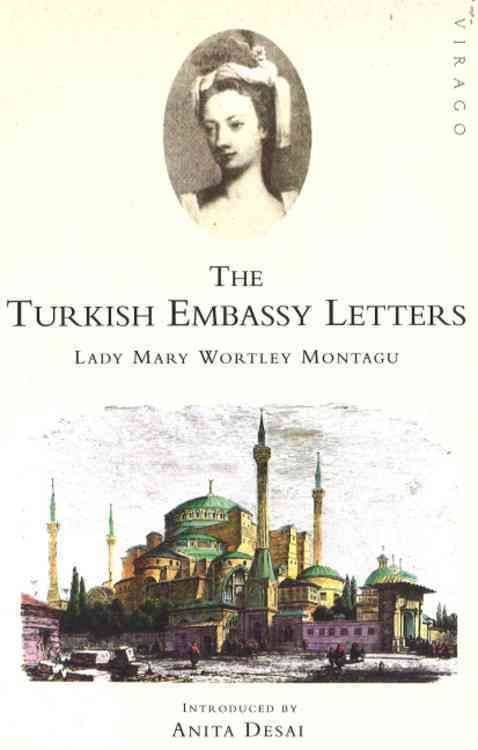

Recently there have been two thick biographies. Her great-grandson (Lord Wharncliffe) proved himself one of her most industrious editors. These were followed by larger editions of Mary’s writings, unearthing new letters and other writings (not always so firmly attributed). Ardent bibliophiles have catalogued twenty-two editions between 17. Montagu during the Embassy to Constantinople 1716–1718, The Turkish Embassy Letters all sit in an affectionate huddle on my shelves. Letters of Lady Montague, Lady Montague’s Letters, The Letters of Lady M. The book was a great success and went into many printings, editions and foreign languages. in different Parts of Europe.Īccounts of the Policy and Manners of the Turks:ĭrawn from Sources that have been inaccessible to other Travellers. To Persons of Distinction, men of letters, &c. Written, during her travels in Europe, Asia and Africa

The frontispiece of the first (pirated) edition reads: It was then considered to exist for fourteen years from publication, with an option on registering for an additional fourteen years. English copyright law was then in its infancy, having been tentatively codified in the reign of Queen Anne. They also included Mary Astell’s enthusiastic review – which had indeed been written in 1724. De Hondt brought the letters out in three volumes (the customary commercial package for books in that era) with a preface which they backdated to 1724, the better to hide their theft of the copyright. In 1763, a year after Mary’s death, the publishers T. Unbeknownst to her however, an unscrupulous pair of publishers had earlier approached the reverend, posing as interested gentlemen, and borrowed the volumes to read overnight, making a hurried, illicit copy. Having already consigned her mother’s journals to the flames, she no doubt intended the same for her letters, or at least to lock them safely away. When Mary died the following year, her conservative daughter secured possession of the volumes from Rev. In 1761, on her return journey to England from Italy where she had lived for over twenty years, she left the two collected manuscript volumes, doubtless revised, edited and rearranged by her over the four decades, in the safekeeping of an Anglican clergyman in Rotterdam, the Rev. Mary had evidently collected the letters for reading shortly after they were written in 1716–18, for they were praised by the early feminist Mary Astell as early as 1724 as ‘the perfection of writing’. The story of the letters’ survival is as colourful a publishing story as any. However, the edition you now hold in your hands is the one that Mary herself edited, the one to which she put her name. Mary wortley montagu’s Turkish Embassy Letters were first published in 1763, a year after her death, and appeared in many different editions over the years with various additional letters.


 0 kommentar(er)
0 kommentar(er)
